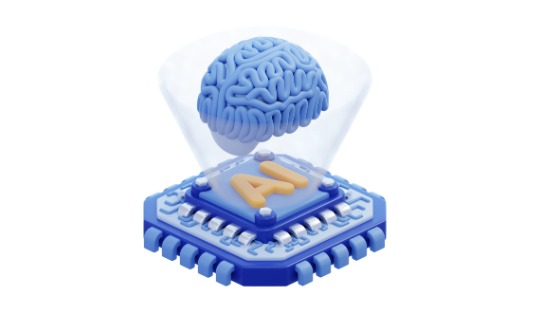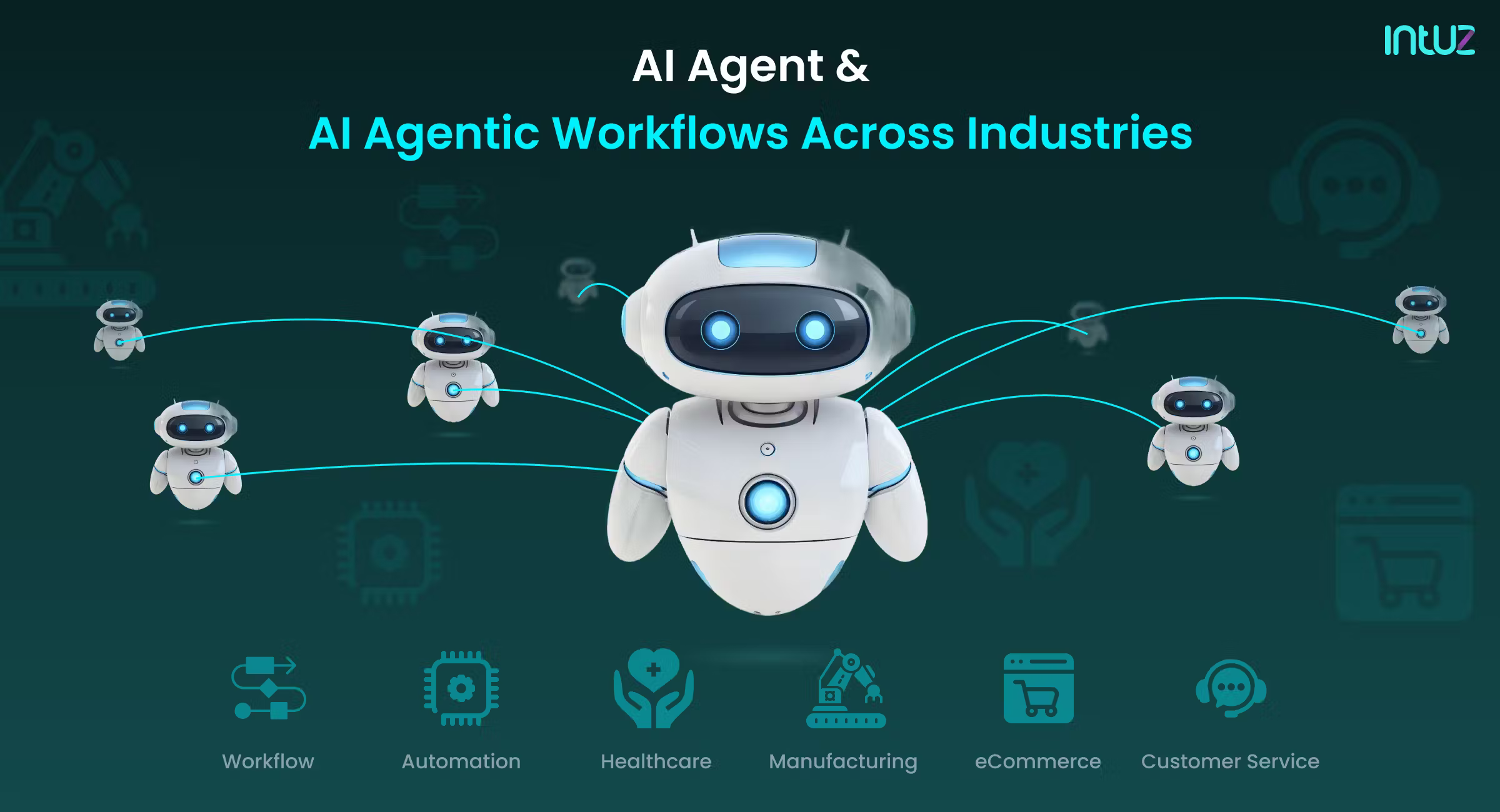Getting Started with AI Agents

Key Benefits of AI Agents
AI agents are intelligent software programs that can perceive their environment, make decisions, and take actions to achieve specific goals.
AI agents are intelligent software programs that can perceive their environment, make decisions, and take actions to achieve specific goals.
Key Benefits of AI Agents
1. Intelligent Decision Making
Unlike traditional automation that follows rigid if-then rules, AI agents can analyze context, understand nuances, and make intelligent decisions. For example, an AI customer service agent can understand the sentiment behind a customer inquiry and respond appropriately.
2. Continuous Learning
AI agents improve over time by learning from interactions and feedback. This means they become more effective and accurate as they handle more tasks, reducing the need for constant manual updates.
3. Natural Language Processing
Modern AI agents can understand and generate human-like text, making them perfect for customer support, content creation, and communication tasks. They can handle complex queries and provide personalized responses.
Getting Started: Your First AI Agent

Step 1: Identify the Right Use Case
Start with a simple, well-defined task that currently requires manual effort. Good first use cases include:
- Email classification and routing
- Basic customer support inquiries
- Data extraction from documents
Step 2: Choose Your Platform
Select an AI automation platform that fits your technical expertise and requirements. Popular options include:
- n8n: Open-source with AI node integrations
- Make.com: User-friendly with built-in AI modules
- Zapier: Simple setup with AI app integrations
Step 3: Design Your Agent's Workflow
Map out how your AI agent will:
- Receive input (emails, forms, API calls)
- Process information using AI models
- Take appropriate actions (send responses, update databases, trigger workflows)
- Handle edge cases and errors
Step 4: Implement and Test
Start with a simple implementation and gradually add complexity. Test thoroughly with real data and edge cases before deploying to production.
Best Practices for AI Agent Development
Start Small and Scale
Begin with a narrow, well-defined task and gradually expand your agent's capabilities. This approach allows you to learn and refine your processes without overwhelming complexity.
Monitor and Measure
Implement proper monitoring to track your agent's performance, accuracy, and user satisfaction. Use these metrics to continuously improve and optimize your agent.
Plan for Human Oversight
Always include mechanisms for human review and intervention. AI agents should enhance human capabilities, not replace human judgment entirely.
Common Challenges and Solutions
Challenge: Handling Ambiguous Inputs
Solution: Implement clarification mechanisms and fallback procedures. Train your agent to ask for clarification when inputs are unclear.
Challenge: Maintaining Consistency
Solution: Use clear guidelines, regular training updates, and consistent data sources to ensure your agent provides reliable responses.
Challenge: Integration Complexity
Solution: Start with simple integrations and gradually add complexity. Use well-documented APIs and established platforms to reduce integration challenges.
Next Steps
Ready to deploy your first AI agent? Start by identifying a simple use case in your business that could benefit from intelligent automation. Remember, the key to success is starting small, measuring results, and iterating based on real-world feedback.
At Pathvancer, we help businesses design, implement, and optimize AI agents for maximum impact. Whether you're just getting started or looking to scale your existing automation, our team of experts can guide you through the process.